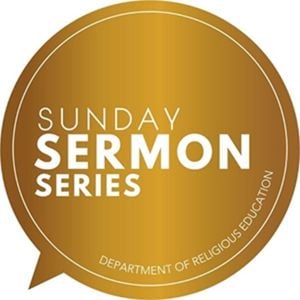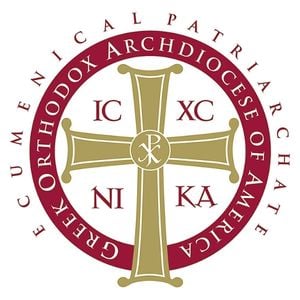Bishop Joachim of Amissos, PhD
Director of The Archbishop Iakovos Library
Hellenic College/Holy Cross Greek Orthodox School of Theology
I write this short notice to observe the recent death earlier this month, on 16 May, of Professor Anthony Cutler, the professor of Byzantine Art History at The Pennsylvania State University for 51 years. Professor Cutler was my master’s thesis and doctoral dissertation advisor. He was an extremely well-respected international scholar, whose CV included a prolific listing of academic publications: monographs; articles; reviews; as well as lectures. He was also the recipient of numerous post-doctoral fellowships in prestigious academic institutions both here and abroad and honored with teaching awards as well. He specialized in Byzantine illuminated manuscripts, ivories, iconology, historiography of the discipline, and the role of diplomatic gift-giving in the medieval Mediterranean world. He was also very receptive to new methodological theories and approaches that allowed for fresh and nuanced understandings of the Byzantine visual culture that resonated with the interests of modern scholarship and younger generations of scholars, thereby demonstrating the continued relevance of Byzantine studies for today’s audience and acknowledging its proper, central place within the broader study of global history and the humanities, no longer to be viewed as a marginal, arcane discipline. He continued to research, publish, and lecture after his retirement from teaching.
Tony, as he was known to his colleagues and students, was extremely rigorous, firm and demanding with his students. He knew what we needed to know and to prepare his students well for the serious, academic rigor and professionalism of the discipline. His mentorship and guidance regarding research skills were an invaluable experience. His knowledge of academic literature was profound. Yet his firmness could be tempered with graciousness, humor, and conviviality. His lectures were riveting, intense, and enthralling. He could move his listeners to great emotion. Although he was not of the Orthodox Faith, he possessed a great and encyclopedic knowledge of and respect for the Byzantine/Orthodox visual tradition. He instilled this respect and passion for this knowledge in me as one of his students.
It was Tony who alerted me to the world of the religious imagery of Byzantine lead seals and the need for an art historian to study this vast wealth of material (approximately 80,000 specimens survive in various museums and private collections worldwide, spanning from the 6th-15th centuries). Previously, Byzantine sigillography (the study of seals) had been regarded as an auxiliary science, primarily dealing with
Byzantine administrative history and prosopography. Yet Byzantine seals offer the largest number of surviving examples of Byzantine sacred figures, thousands more than portable icon panels, frescoes, manuscript illuminations, and those found on other objects of the so-called minor arts. And because these lead seals also frequently bear the names of their owners and their titles and offices held within the various administrations, it is possible to study not only the frequency of various sacred figures and their changes over time but to investigate the social and political use of sacred images as well as a means of investigating the role of images in personal piety. Tony was aware that investigation of this material would offer original research and significant contributions to the field not only of Byzantine art history but to the wider spheres of Byzantine culture and religious studies. He arranged for our collaboration with the late Professor Nicolas Oikonomides, then the Advisor for Byzantine Sigillography at Dumbarton Oaks (the Harvard Center for Byzantine Studies in Washington, DC) and with the late Dr. John Nesbitt, Special Advisor in Byzantine Sigillography also at Dumbarton Oaks. Tony’s insight from years ago proved to be correct and his advice directed me into a life-long investigation and publication of such research.
From his in-depth, thorough, and professional training as a Byzantine art historian, I have also been fortunate enough to be able to offer guidance in the creating of iconographic programs for several of our churches in the Greek Orthodox Archdiocese, most significantly for that of the newly reconstructed Greek Orthodox Shrine of Saint Nicholas at Ground Zero/ The World Trade Center.
It is always very sad to lose one’s mentor. I am extremely grateful for the opportunity I had to study with Professor Anthony Cutler and for his shaping of my academic life. But the legacy of our mentors lives on in the collaborative work of their colleagues, students, and their publications. May his memory be eternal!











